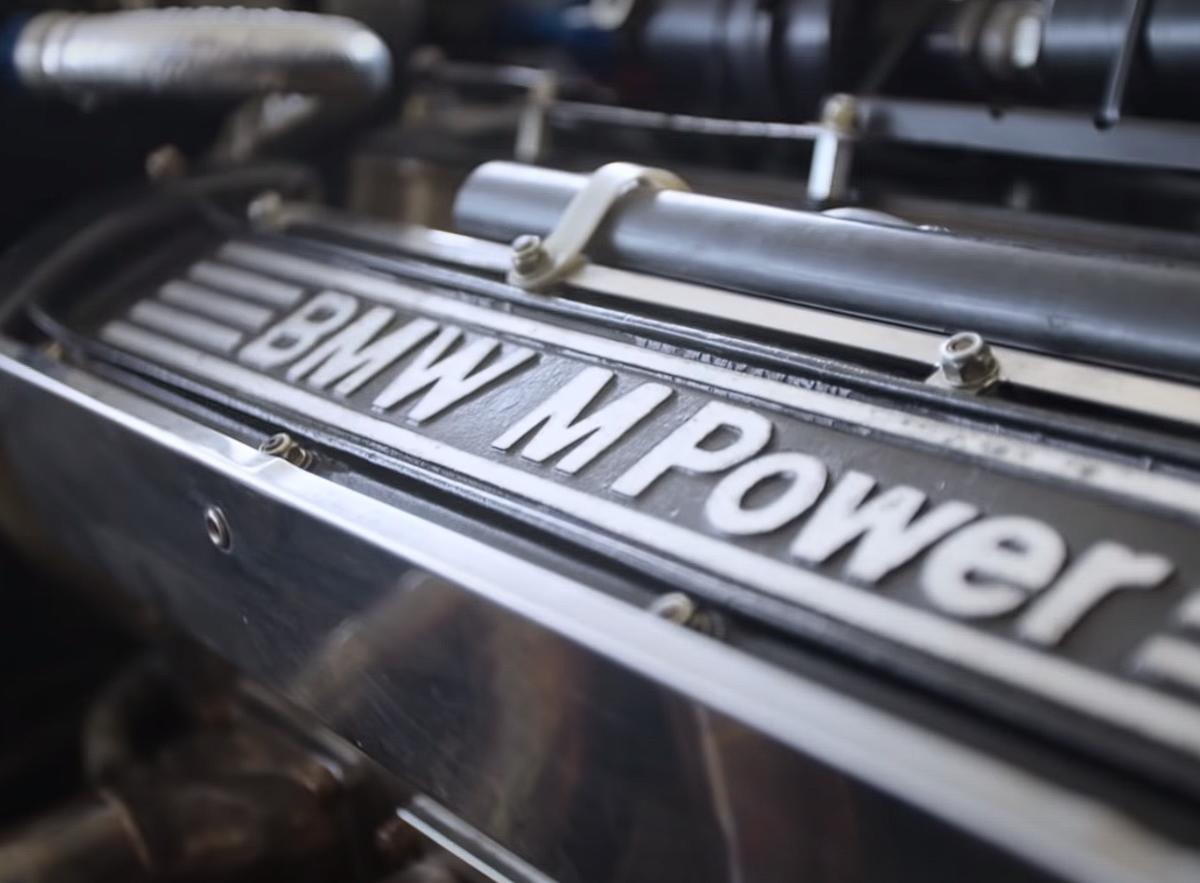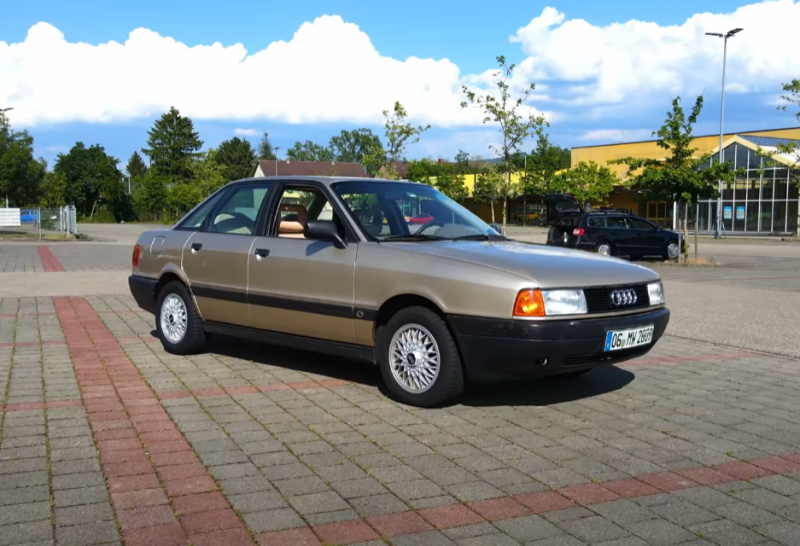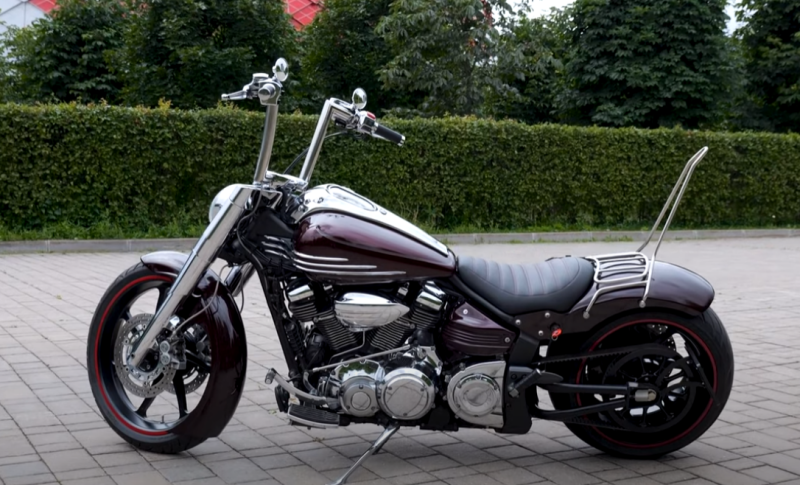I note right away that in Formula 1 such heights - capacities of more than one and a half thousand horsepower, have never been reached. But after all, the engines in the "Queen of Motorsport" were much smaller. Judge for yourself, the working volume of the twelve-cylinder Porsche 917/30 engine was 5.4 liters, the cargo Mercedes-Benz V10 was 18,5 liters. While the BMW Formula 1 engine had four cylinders and only one and a half liters of displacement!
But on the other hand, the liter power, and this is one of the most important indicators of the perfection of racing engines, was almost 1000 hp. With! And this is a record for car racing engines designed to race on racing circuits.
Of course, the Bavarian motor builders did not immediately reach such a high level. In the first tests, in October 1980, the power of the 557-liter BMW engine was at the level of the three-liter naturally aspirated units, to be precise, 9500 hp. With. at 1984 rpm. But already in 4,5, the boost pressure in special engines for qualification reached 1050 bar. and in this mode, the power was already a very impressive 4 hp. s., True, and the engine resource decreased from 15 hours to about XNUMX minutes.
A year later, the stakes in the game grew even stronger - in BMW they reached a pressure of 5,4 bar and 1200 hp. s., despite the fact that in the racing specification the Germans had a maximum of 3,6 bar and 850 hp. With. Impressive difference, isn't it? In fact, during the weekend, the drivers drove two completely different fireballs.
And finally, in 1986, the Formula 1 turbo engines reached their peak - the boost pressure increased to 5,5 bar, and the power reached the level of "over 1300 hp". With.".
By the way, in 1986, "atmospheric" engines were outlawed, and solely for security reasons - after all, the difference in power at that time was simply huge! Judge for yourself: the only “aspirated” remaining in the ranks is a three-liter Ford Cosworth DFY V8, which developed a power of 542 hp. s., while "turbo" ...
And here it is necessary to make a small digression.
The fact is that in fact no one knew exactly how much power these engines actually develop. Including even their own creators! After all, the then dynos were designed for a maximum of 1300 liters. s., and everything else was calculated according to a special formula: “0,1 bar of boost pressure, gives an increase of 20 liters. With." That is, all the declared indicators were exclusively calculated.
Paul Rocher, shortly before his death, in response to my mention that we raced with 1200 hp. s., said to me, “Mark, I have to tell you the truth. In fact, there were 1400 ... ". Mark Surer.
In 1984 - 1986, BMW engines were unmatched in power, but due to low reliability, they never managed to defend the 1983 title. Despite all the power of the German engine, Williams, McLaren and Lotus pilots, equipped with economical, and most importantly reliable Honda, TAG-Porsche and Renault engines, often won races.
The BMW M12 / 13 reached its maximum in 1986, with a boost pressure of 5.5 bar. Just those same 1400 liters. With. which Mark Zurer spoke about. And it was this engine that became the most powerful engine ever installed on Formula 1 cars.
But the resource, in such an extreme mode, was only enough for one lap! That is why in those years the expression “sacrificial engine”, or “engine pole or nothing” was in use - and this is a very accurate definition. For example, at the 1984 Belgian Grand Prix, the Brabham team burned as many as seven BMW M12/13 engines. Four of them on Saturday, during the qualifying session. Seven engines for one weekend! Given that now Formula 1 teams use six engines (for two cars, of course) for the entire season!
Regarding the power and resource of BMW, Gordon Murray, in those years the chief designer of the Brabham team, told the following story:
In 1984, in Zolder, we decided to take pole at any cost. We welded on the bypass valve, froze the intercooler with dry ice, and installed a new, "evil" engine control unit chip. Paul Rocher called it the “Gumlepa chip”, and wore it in a special box lined with velvet on the inside. After that, we poured "rocket fuel". As a result, we got about 1300 liters. With. We sent Nelson Piquet to the track and waited for him to complete his first fast lap. Nelson has already passed behind the pits, approaching the chicane, when suddenly we hear: "boom"! When we ran to the place of the explosion, we saw that the motor was no more - it was literally torn to pieces.
Let's digress once again from the topic, and briefly fast forward to the present. After all, the power plants of modern Formula 1 cars also develop quite decent power, they have long exceeded the 1000 hp mark. With. And their resource, reaching 7000 kilometers, with such power and fuel consumption, is even more impressive.
But still, compared to the wild, “raw” power of the turbo engines of the cars of the 80s, modern cars look super-soft and docile. In addition, now the pilot has a bunch of electronics that help him not to ruin the engine, and a whole team is sitting in the pits, online monitoring all the indicators of the power plant and giving advice on how to use the power plant in the most efficient way. But in the 80s, the racer relied solely on his own strengths and instincts - he did not have any devices facilitating control, in principle, telemetry was just in its infancy. Yes, and radio communication was used only to invite the rider to the pits to change tires.
Specifications of the BMW M12/13 engine:
- ✅ Working volume: 1500 cm3
- ✅ Bore / Stroke: 89,2mm / 60mm.
- ✅ Number of cylinders: 4 in a row.
- ✅Compression ratio: 7,5:1
- ✅ Engine weight: 170 kilograms, with turbocharger and intercooler.
Here I have to distract you for the third time by mentioning that, since 1984, the rules on fuel consumption in Formula 1 have become much tougher. So in 1983, fuel tanks could hold up to 250 liters of gasoline, in 1984 already 240 liters, in 1985 - 220 liters, and in 1986 already only 195 liters. The distance of the race remained unchanged, about 305 kilometers.
BMW M12/13 engine power in different years:
- ✅1983: 740 liters With. in racing, and 800 hp. With. in qualifying.
- ✅1984: 880 liters With. in racing, and 1050 hp. With. in qualifying.
- ✅1985: 850 liters With. in racing, and 1200 hp. With. in qualifying.
- ✅1986: 850 hp With. in racing, and over 1300 hp. With. in qualifying.
Formula 1 racers of the first "turbo era" had to not only be able to steer, brake and shift gears of a manual transmission. They also had to independently be able to calculate engine life and fuel consumption based on boost pressure. Including qualifying. Only a select few could control these monsters to their limits. Therefore, the Formula 1 racers of those years were compared to gladiators, and the races themselves received their elite status, which helps the Queen of motorsport to promote herself to this day.













